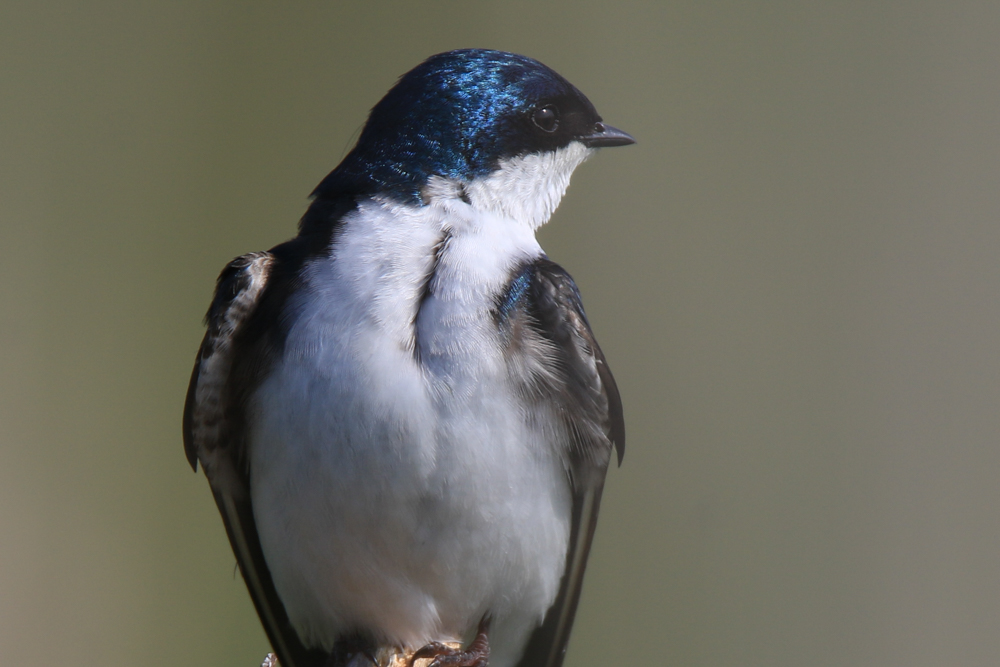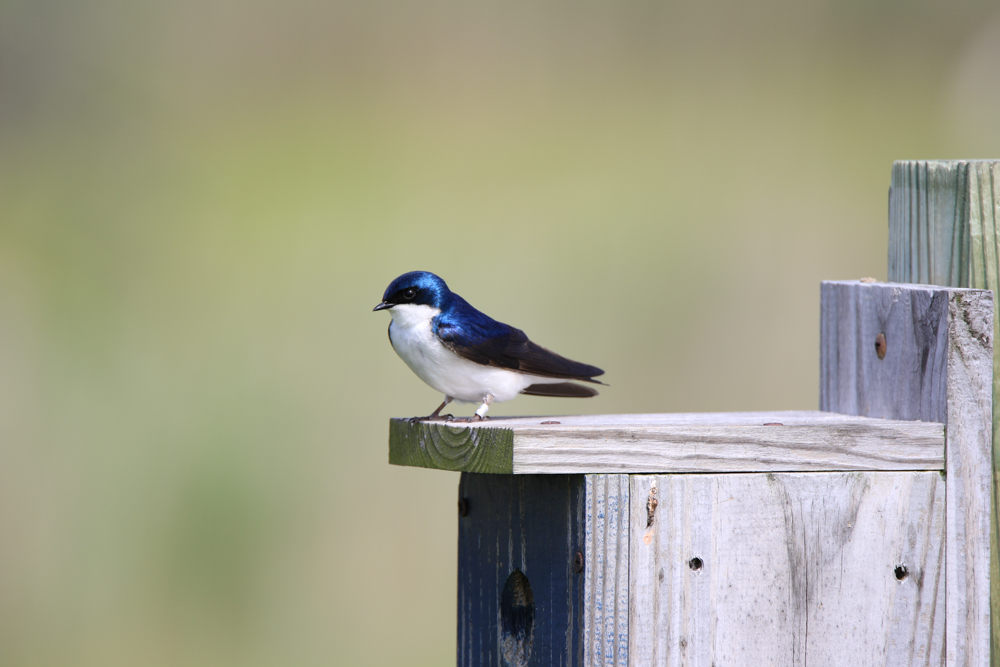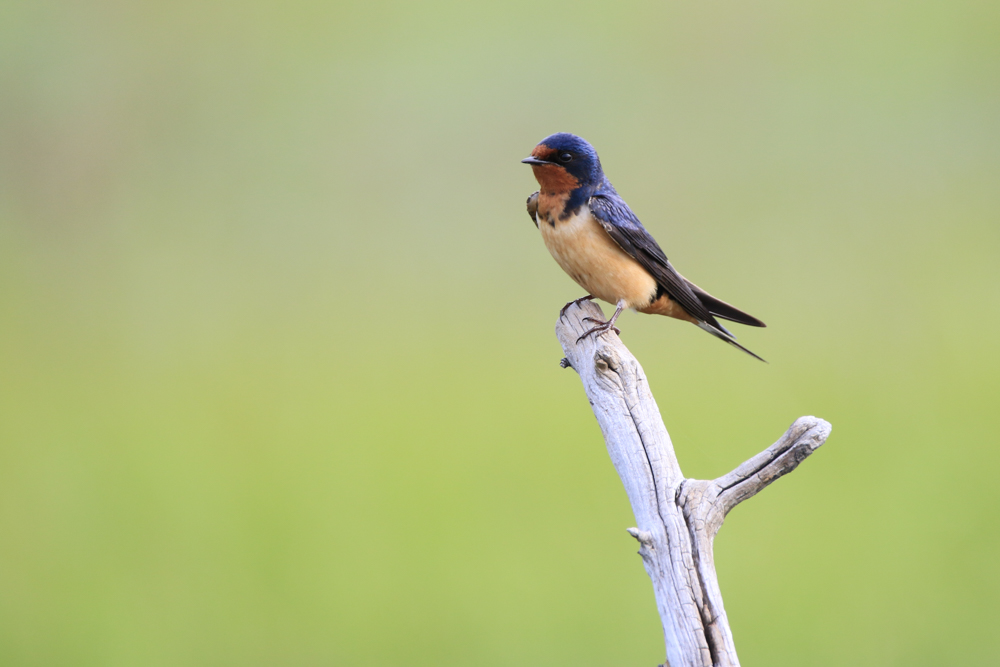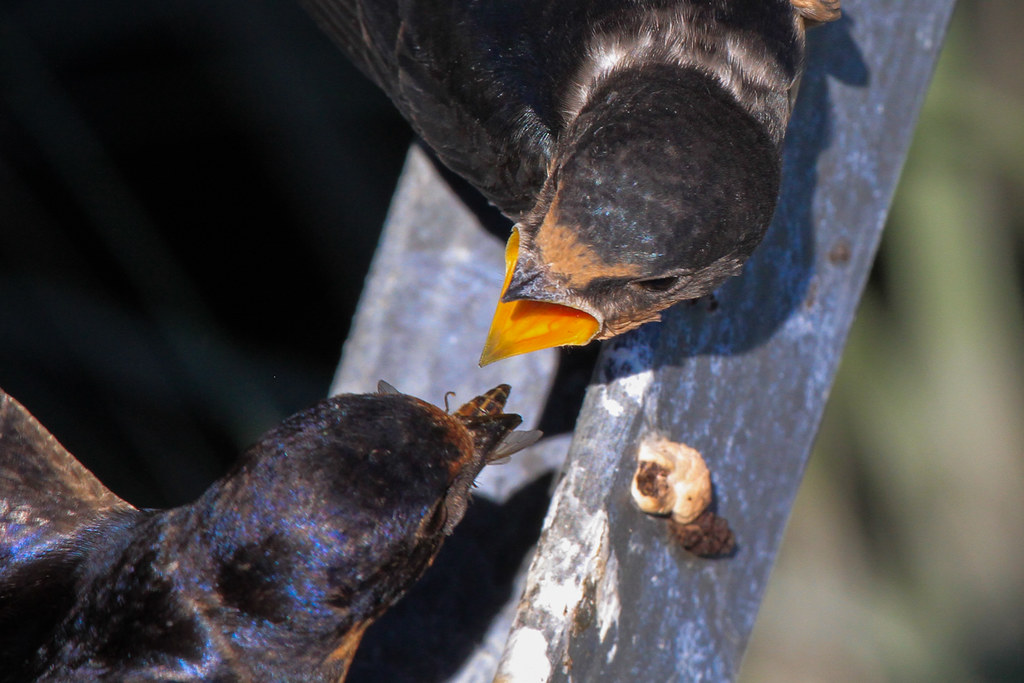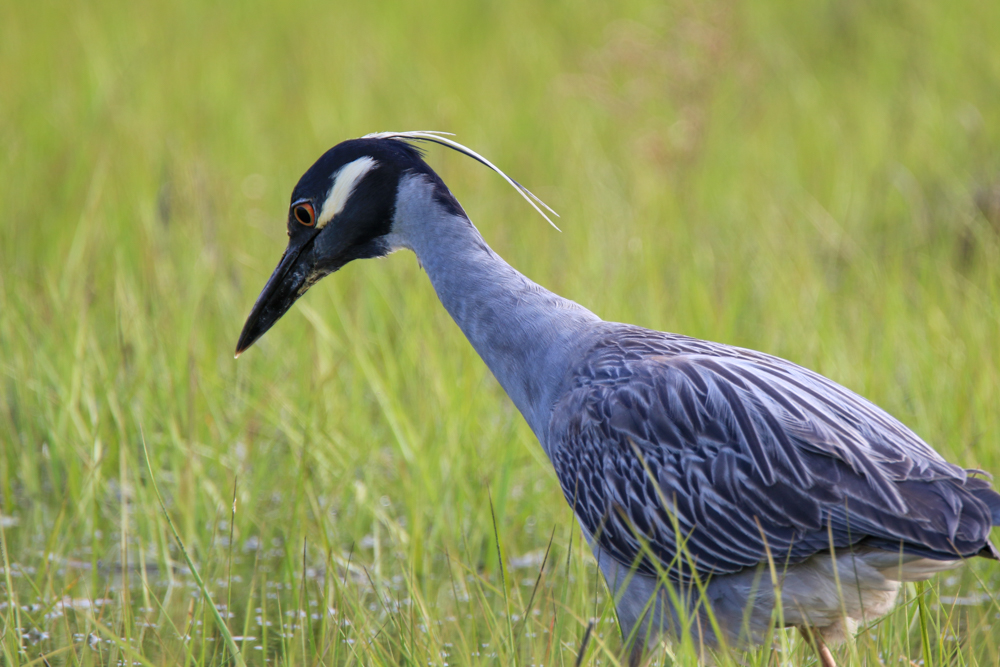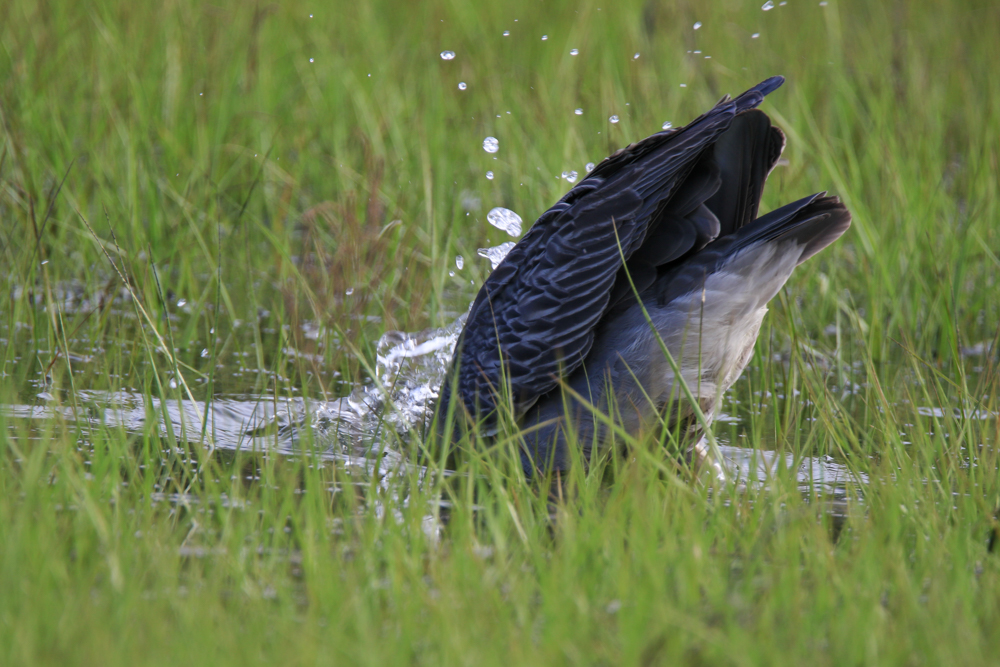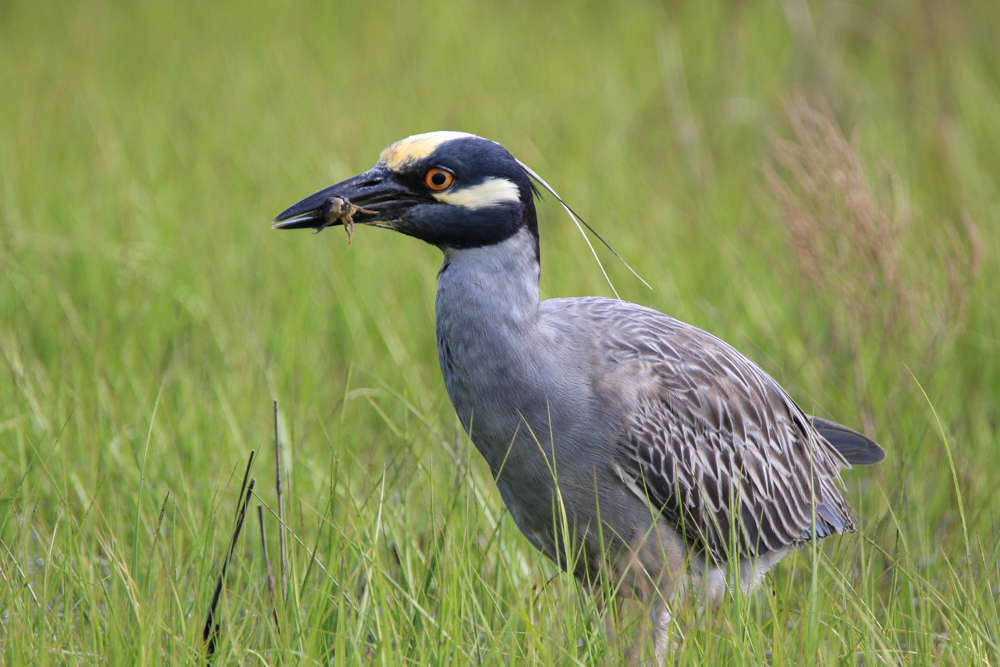One reason to visit northern Minnesota in the winter - it's because these beauties consider Duluth in February to be their mild resort weather:

This is the Great Gray Owl:
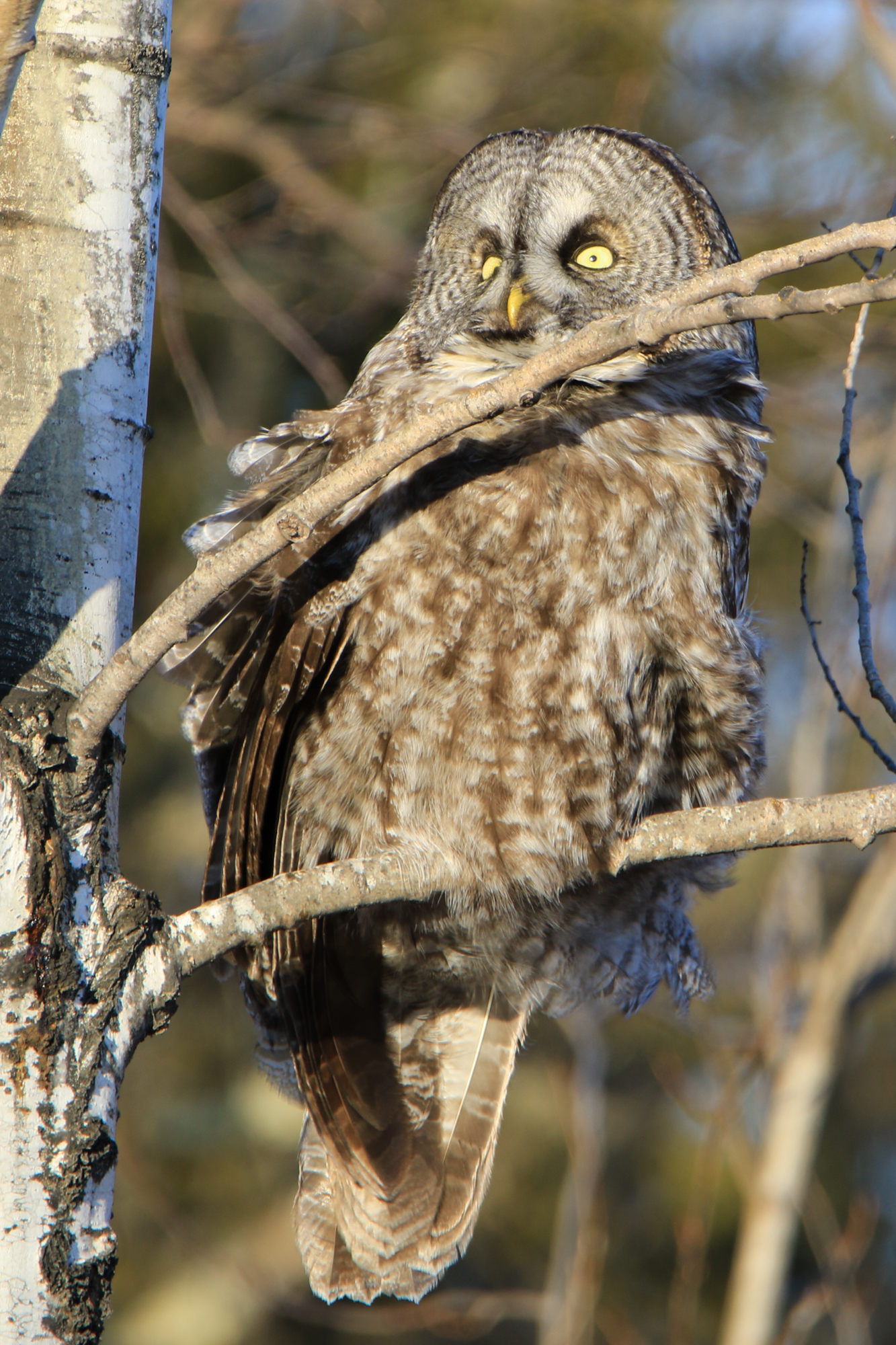
They are the largest owl in North America, although not the heaviest - most of their bulk is feathers (but that's what keeps them warm!)
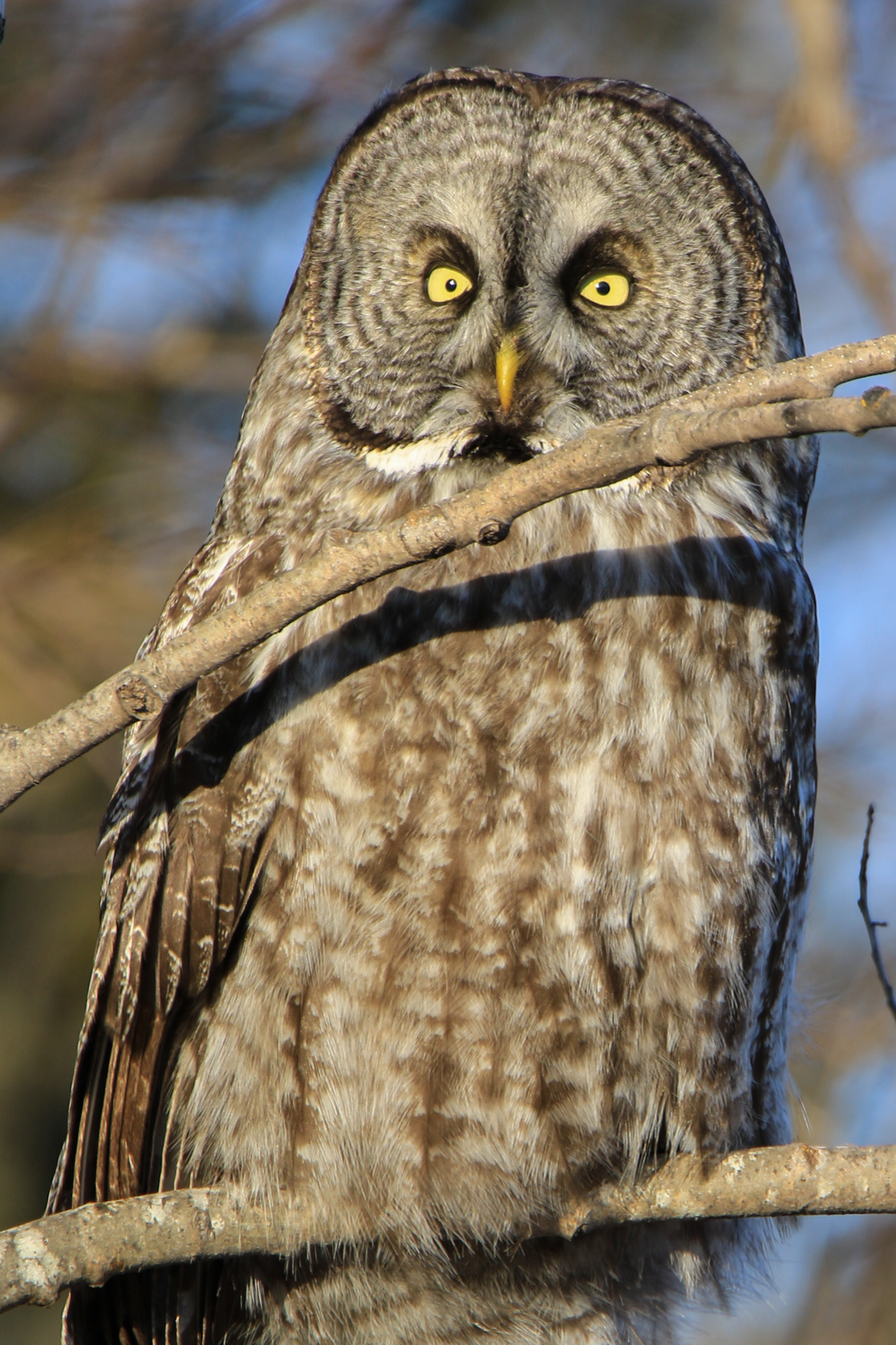
Reminds me of a certain recent presidential candidate:

Great Grays, like all owls, have incredibly sensitive hearing:

Their ears are located right next to their eyes, inside the facial disk. You can see on this picture how the facial disk is shaped to funnel the incoming sound towards where they have the ears. It helps them hear a mouse moving under feet of snow!

I like this picture - the owl looks exactly like a cat that's cleaning itself!

This is a Northern Hawk-Owl. It is incredibly rare, even in the northern Minnesota in the winter:

We were lucky to come across one - it was in the tree right on the side of the road:

I am happy to have seen it - I might never get to see another one!

And this is what we call a tree owl:

We made Duluth, MN our base for this trip. It turned to be a cool town, with a lot of charm even in the cold weather:

The town is defined by a huge steel bridge that dominates the downtown area:



